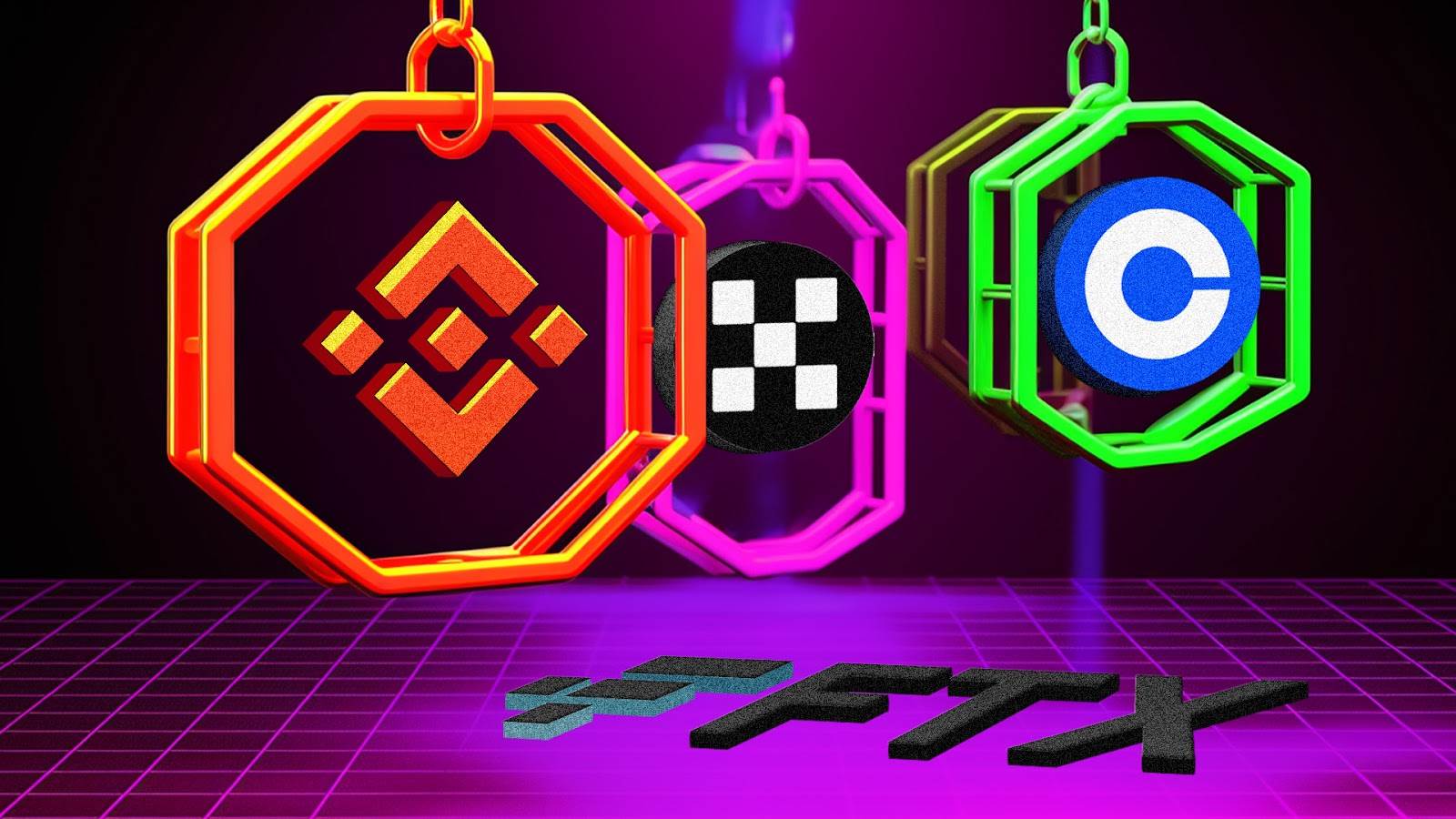
Proof of History (PoH) changes the way blocks are processed by encoding time onto the blockchain. This helps to ensure historical data is accurate and has not been tampered with, if you know the precise time of a transaction you can validate the information a lot quicker.
One example of Proof of History in action is the Solana blockchain.
Proof Of History Explained
Proof of History was first introduced and implemented by Solana. It helps to enable faster processing times, lower transaction costs and offers greater scalability as well as preventing double-spending.
It was first proposed by the Solana founder Anatoly Yakovenko in 2017, it is not technically a consensus mechanism, but it is used to improve the efficiency of Solana’s Proof of Stake mechanism.
How it works
Proof of History provides a way to cryptographically verify the passage of time between two events without the need for outside programs.
Timestamping is an important part of PoH as it lets the network know that transactions took place in a particular sequence by timestamping them with a hash, PoH uses a sequential pre-image resistant hash that continuously runs over itself with the previous output used as the next input, periodically the count and the current output are recorded.
Solana’s use of Proof of History allows the blockchain to significantly reduce the amount of data that needs to be stored and verified, allowing more transactions to take place and the ability to handle more users.
Every validator is running its own PoH generator but there is only one leader at one time, think of each validator running in a relay race, they are all running their own race using a special stopwatch called PoH, and there is a schedule that decides which validator should be the leader at a specific time. When it's a validator's turn to be the leader they create a new block and set their PoH stopwatch to where they start, if it is a validator's turn to lead but there is a problem with the previous block, the new leader can simply start from the point before that problematic block and add transactions they have with them, like picking up from where the previous runner left off from.
Proof of History drawbacks
PoH is very centralised, relying on PoH generators which are used to output the PoH sequence. As there is only one PoH generator at a time this can be considered centralised which contradicts the decentralisation ethos cryptocurrencies are striving for. Centralisation can be problematic because one person or entity that controls everything can manipulate the outcome for their benefit, decentralisation provides a fairer opportunity for everyone as no single person controls what could happen.
Verifiable Delay Function
A verifiable delay function or VDF is used to calculate the time based on historical events, a sequence of these timestamps is called a time string, these help to prove that the blocks were added to the blockchain at a specific point in time.
Any individual node can validate the entire chain with just a small piece of information. The information given also allows more than one transaction across multiple blocks to be verified at any given time whereas most blockchains can only validate a block one at a time.
Block validation times on Solana are very fast thanks to Proof of History, with an average block validation time of around 800 milliseconds, in contrast, Bitcoin is around 10 minutes and Ethereum around 15 seconds.
What are the differences between Proof of Work, Proof of Stake and Proof of History?
Proof of Work
-
Miners use computers to solve puzzles to mine new blocks.
-
Miners are rewarded with block rewards and transaction fees.
-
Expensive to maintain and inefficient.
-
Highly secure due to the immense computer power required to alter blockchain history.
Proof of Stake
-
Validators are chosen based on the amount of crypto assets that they have staked.
-
Validators are incentivized to act in the best interest of the network.
-
More efficient than PoW due to no complex computations.
-
Allows for greater scalability and faster transaction times.
Proof of History
-
Utilises a verifiable delay function to provide accurate records of events, timestamping transactions, and creating an ordered sequence of events.
-
Good scalability but depends on the specific implementation and integration with other mechanisms.
-
More energy efficient than PoW, which means a lower carbon footprint.
-
Can be seen as too centralised due to one PoH generator operating at a time
Conclusion
Proof of History is currently only used by Solana, it was first introduced and implemented by Anatoly Yakovenko in 2017 and helps to greatly increase the scalability and speed of transactions on the blockchain.
Despite its improvement to the Proof of Stake mechanism it can be seen as too centralised, relying on one PoH generator at a time. Multiple blocks can be processed at a time compared to other blockchains which can only validate one block at a time.
The unique VDF allows transactions to be recorded in the correct order without any tampering, helping to prove a transaction took place at a specific time and date.
Is Proof of History essential to the future of blockchains? Time will tell…
Want More Cutting-Edge Crypto News?
Follow Us: X TikTok Instagram Telegram LinkedIn
Sign up to our newsletter at the bottom of the page
Check Out Our Top 10 Crypto Currencies of 2023
This article is intended for educational purposes and is not financial advice.


















